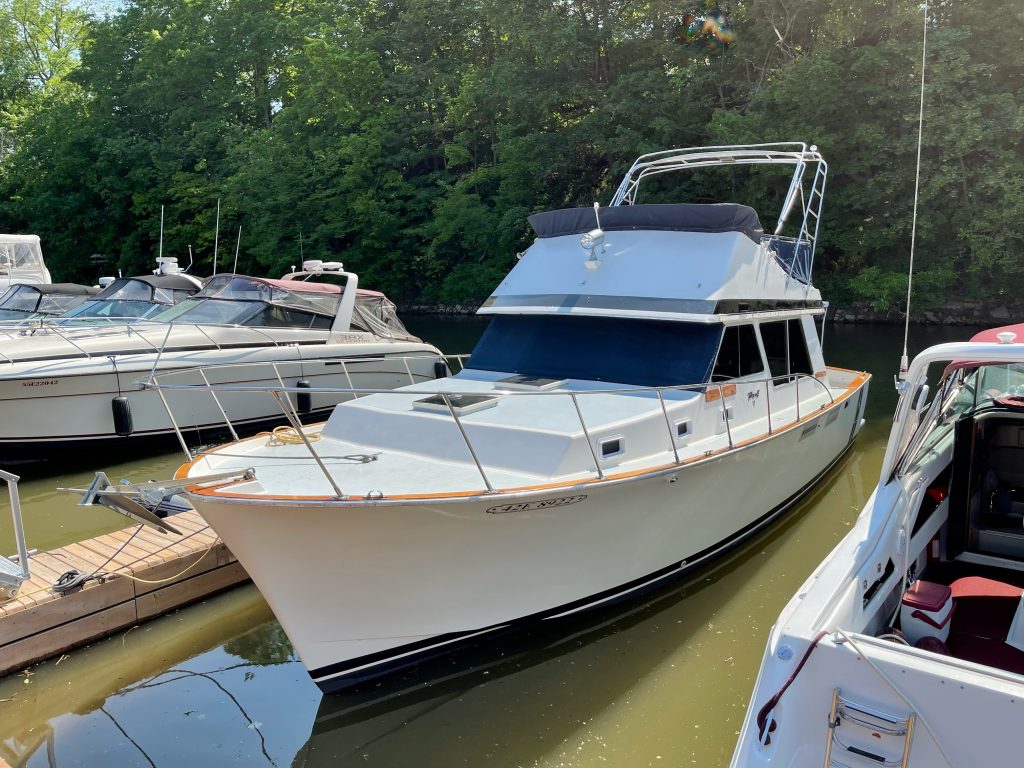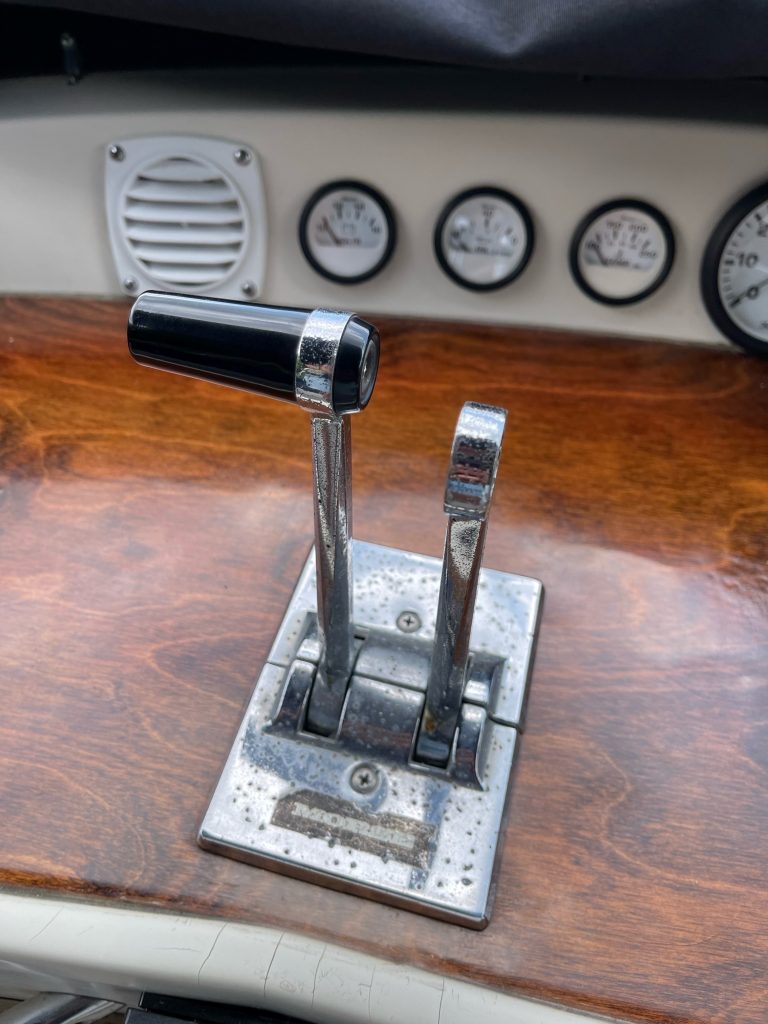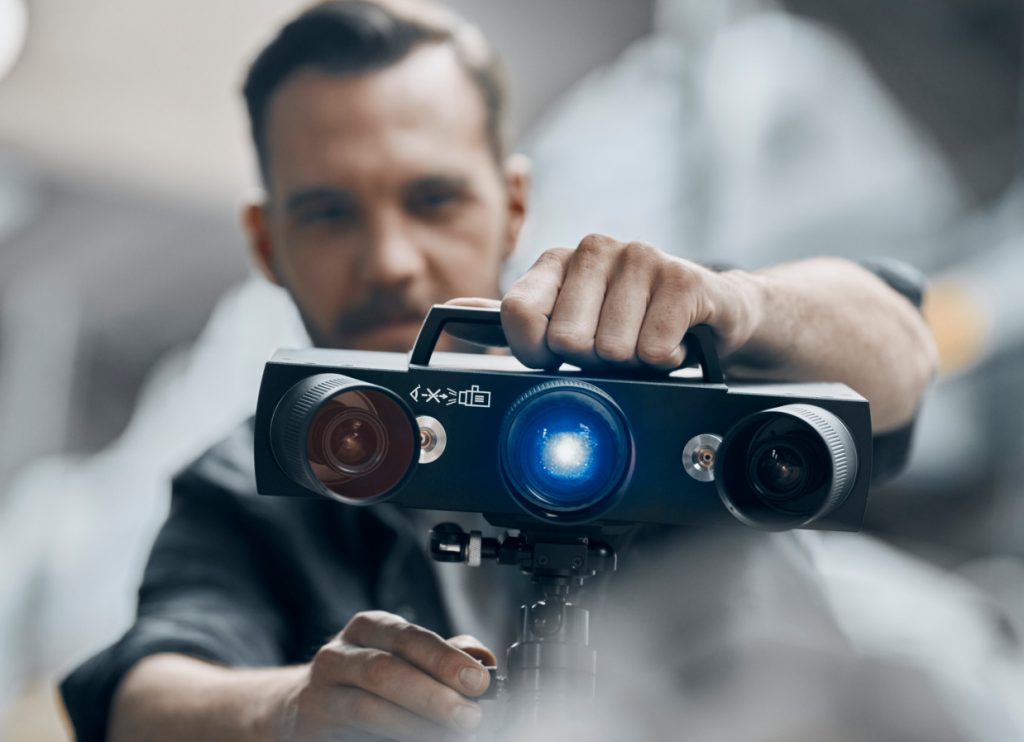Precomplete assemblies of a yacht
CAD MicroSolutions Inc. was off to a special task on the high seas – more precisely on a Tollycraft yacht from 1974. One of two throttle levers broke and had to be replaced. Due to the old year of manufacture, the search for an existing spare part was unfortunately unsuccessful.
This is where our partner CAD MicroSolutions comes into play to carry out the reverse engineering project. They used the remaining throttle as a blueprint to reconstruct an identical part. The 3D scanner ATOS Q helped them to accurately capture all the necessary data of the shiny, black part.


ATOS Q generates reliable STL data
The good quality of the scan was a prerequisite for a satisfactory reverse engineering process. Especially, the precise recording of small details and hard-to-reach areas were particular challenges.
The ATOS Q paired with ROT480 rotation table were ideally suited for the job. Both the setup and the scanning were quick and easy to implement. The ATOS Q also performed well in mobile use on site. High accuracy of the scan data could therefore be achieved without a lot of effort.
With ATOS Q’s advanced technology, we were able to capture details in small, deep area with high precision, which gave us a great starting point for reverse engineering. Without this, it would not have been possible to accurately model the throttle lever.
CAD MicroSolutions Inc.
Using 3D scan data for 3D printing
With the ZEISS inspection software, neccesary geometries of the still existing throttle could be provided as a digital copy (see below). For their further work with a reverse engineering software and the 3D printer, precise STL data where generated. Thus, CAD Micro was able to create a second, 3D printed version that resembled the original. Inserted into the overall assembly, the 3D print now performes its original function again.
